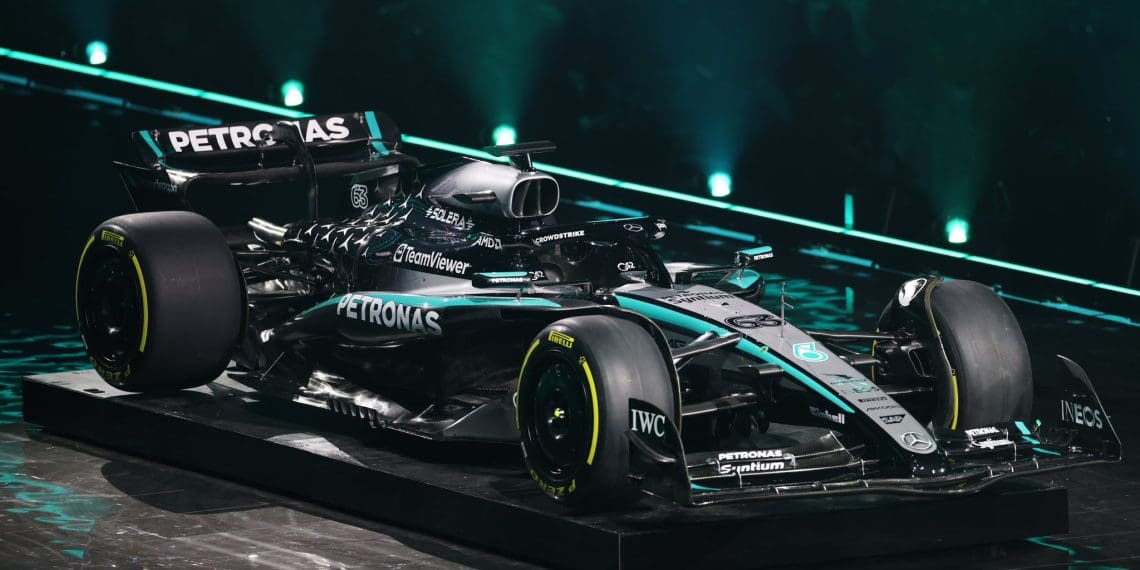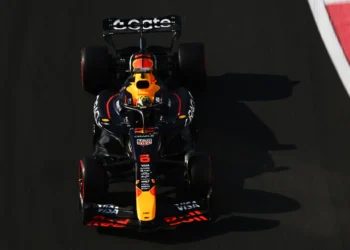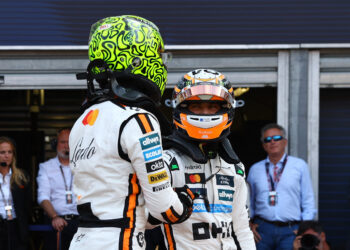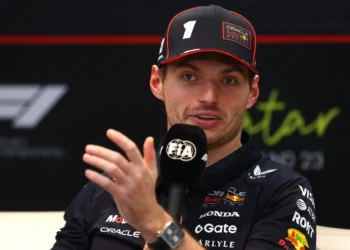Mercedes is bracing for a pivotal year in Formula 1, one that could determine if the team has finally cracked the code to their recent struggles. After a turbulent 2024 season, where the car’s inconsistent handling and overheating rear tyres held back both George Russell and Lewis Hamilton despite occasional wins, the Silver Arrows are determined to avoid the same traps that have hindered them in recent years.
The 2024 campaign was another chapter in a frustrating three-year saga for Mercedes, as they’ve yet to fully overcome the challenges of the ground effect generation of cars introduced in 2022. Despite their reputation for technical brilliance, the team has not been able to fully harness the potential of the new regulations. But now, with the 2025 season on the horizon and the major 2026 regulations overhaul looming, Mercedes is taking a different approach—one that they hope will bring the consistency and performance they’ve been chasing.
According to Russell, the changes Mercedes is making to the W15 for 2025 are not just minor tweaks—they represent a “significant change” that could be the breakthrough the team desperately needs.
“We’ve been a lot more disciplined with every change we’ve made,” Russell explained. “We’ve been more thorough than ever in terms of the simulator running, just to ensure we’re not going to fall into a new trap.”
The key issue Mercedes has faced over the last few years is solving one problem, only to unintentionally create another. Russell reflected on how the team had previously focused on fixing immediate issues without considering the long-term consequences. “It’s like you solve one thing, and then it creates a new problem. We’ve been much more forward-thinking now,” he admitted.
The main mistake, according to Russell, was an obsessive focus on curing specific problems like the dreaded porpoising that plagued the car in 2022. The bouncing issues consumed so much of the team’s attention that other car balance problems went unresolved until later in the development process.
“When we changed the suspension to solve that, it created a balance problem. These things take time. It’s never as simple as just fixing one thing,” Russell continued. “Sometimes you fix one issue and the car behaves differently, and that can introduce a whole new set of challenges.”
Russell stressed that the 2025 changes Mercedes is making to the W15 are more calculated. The team is thinking ahead about how each change will impact the car’s overall balance and handling, particularly when it comes to the delicate trade-off between front and rear grip.
Mercedes’ approach is a careful balancing act. “If you make the front stronger, it’s going to take away from the rear, and if you go too far that’s just as much of a problem as if it’s in the opposite direction,” Russell explained. This is why the team has placed so much emphasis on being thorough in their testing, both in the simulator and on track, to ensure that no new issues emerge from their adjustments.
As the W15 heads into its first tests in Bahrain next week, Russell is cautiously optimistic. “Within five laps, you know if you’re in for a good season or not,” he said, recalling how in previous years, the team knew fairly early on that they weren’t in the fight for the championship. “I feel that it’s been much more robust this season. If we bring the performance we expect, it should be a good step forward.”
But the reality of Formula 1 is that nothing is guaranteed. “We’ve seen it with many other teams, they bring an upgrade and it doesn’t work. There’s never guarantees,” Russell cautioned. As competitive as F1 has become, Mercedes will need to prove their upgrades work when it matters most—on the track.










